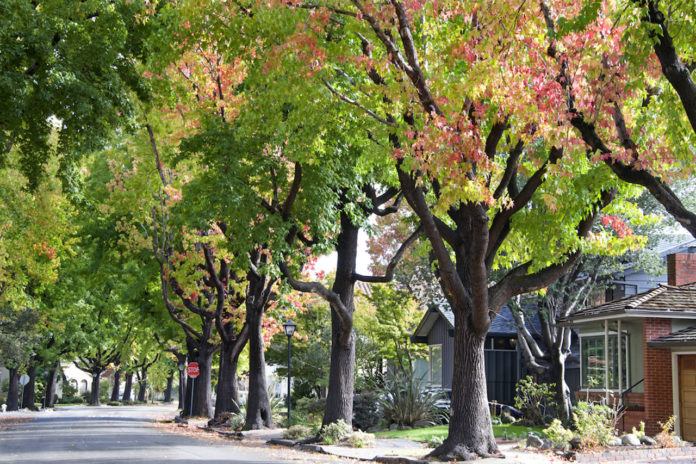Studies have shown that the families we grow up in, the places we work, and the friends we keep (our social environment) play a large role in influencing behavior. However, not much is known about how one’s outdoor environment – such as the greenery in one’s neighborhood – affects behavior.
Scientists at the University of Plymouth now have demonstrated that seeing greenery in your neighborhood is associated with reduced cravings for alcohol, cigarettes, and harmful foods. This is the first study that demonstrated the correlation between passive exposure to nearby green space and strengths of craving.
The study is originally based on past research that suggests exercising in green space is linked to reduced cravings.
According to scientists, the outcomes of the study indicate the importance of protecting and saving green environment within towns and cities to maximize public health benefits.
The study is conducted in collaboration with scientists from the University’s School of Psychology, with support from the European Centre for Environment and Human Health at the University of Exeter.
This survey-based study involved 149 participants, who provided an initial exploration of the relationships between various aspects of nature exposure, craving, and negative affect.
Among other things, it measured the proportion of green space in an individual’s residential neighborhood, the presence of green views from their home, their access to a garden or allotment, and their frequency of use of public greenspaces.
The results showed that having access to a garden or allotment was associated with both lower craving strength and frequency, while residential views incorporating more than 25% of greenspace evoked similar responses.
The study also measured physical activity undertaken within the same time frame that cravings were assessed, showing the reduced craving occurred irrespective of physical activity level.
Leanne Martin, who led the research as part of her Master’s degree in Plymouth, said: “It has been known for some time that being outdoors in nature is linked to a person’s wellbeing. But for there to be a similar association with cravings from simply being able to see green spaces adds a new dimension to previous research. This is the first study to explore this idea, and it could have a range of implications for both public health and environmental protection programs in the future.”
Dr. Sabine Pahl, Associate Professor (Reader) in Psychology, added: “Craving contributes to a variety of health-damaging behaviors such as smoking, excessive drinking, and unhealthy eating. In turn, these can contribute to some of the greatest global health challenges of our time, including cancer, obesity, and diabetes. Showing that lower craving is linked to more exposure to green spaces is a promising first step. Future research should investigate if and how green spaces can be used to help people withstand problematic cravings, enabling them to better manage cessation attempts in the future.”
The study is published in the journal Health & Place.
